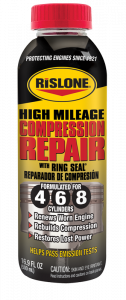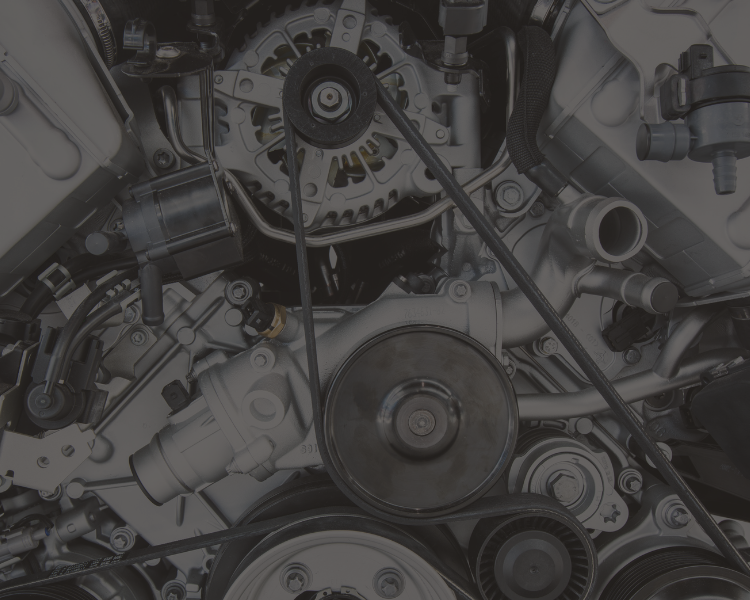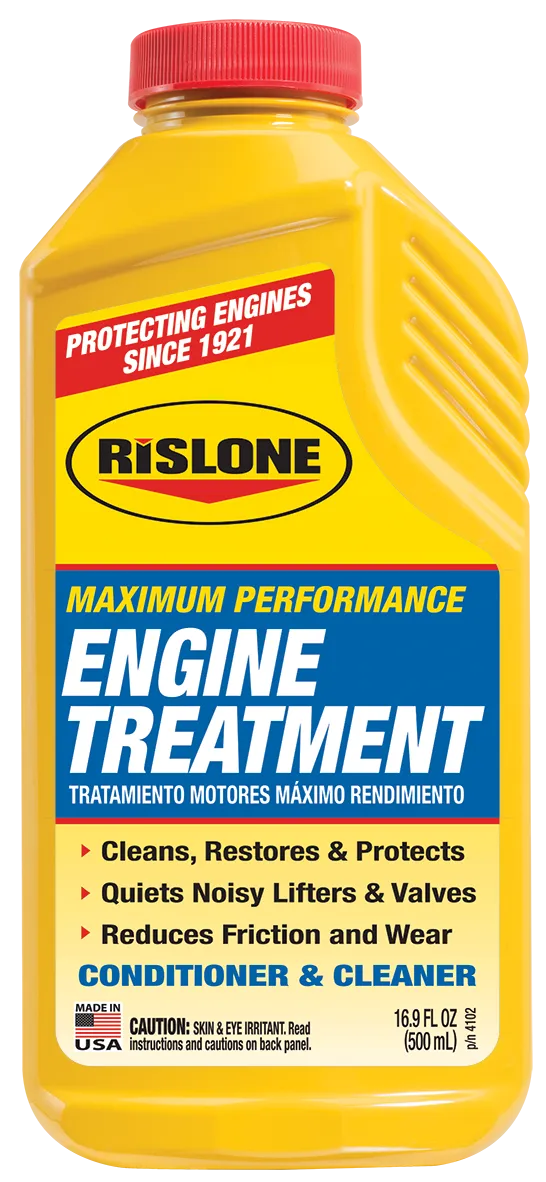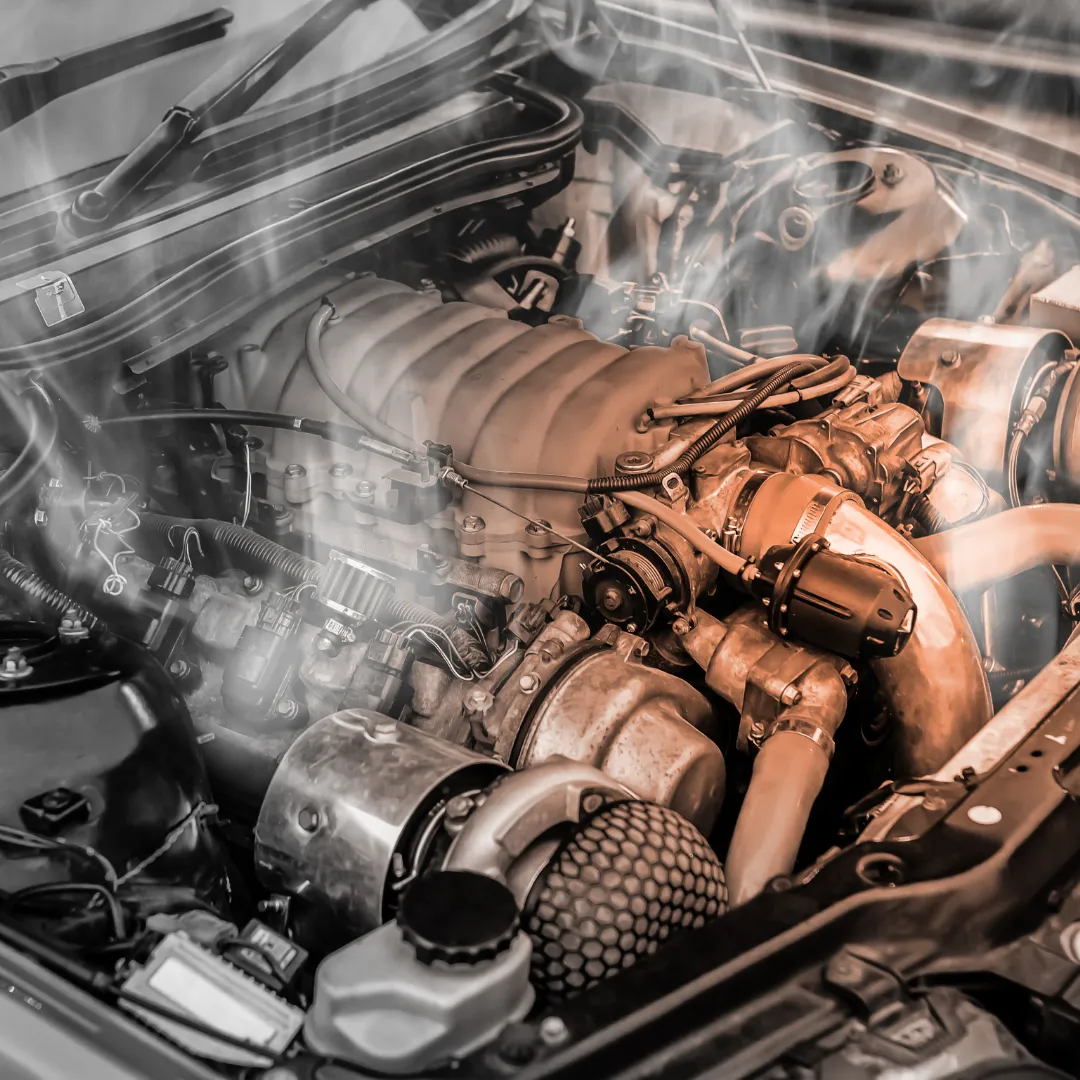Top Causes of Low Engine Compression and How to Fix Them
Although you may not be familiar with the problem of low engine compression, if it happens to you, you will learn very quickly how difficult it can be. What is low engine compression, why does it happen and what can you do about it?
Put really simply: an internal combustion engine, such as the one in your car, works entirely on the principle of compression. Fuel injectors mix gasoline and air and spray this combination into a combustion chamber, where it is ignited, creating combustion which compresses in the cylinders of the engine to power the car and make it move. It’s easy to see how low compression could create a problem for a motor vehicle.
If you have car engine compression problems, your car will either misfire when you start the engine, perform poorly or, if you have low or no compression in all cylinders, won’t start at all. You can’t drive your car for long, if at all, with low compression. You need to address the problem immediately, but first, you must understand the causes of low engine compression.
Causes of Low Engine Compression
There are several causes you can eliminate if your cylinders are losing compression. One possibility is a blown head gasket. The head gasket connects to the cylinder head at the top of the engine. If there is a problem, you’ll notice a gap between the cylinder and the head, and gas will escape the cylinder, leading to low compression.
The problem could also be something going wrong with your pistons, which power your car’s movement. If your engine runs too hot, the heat could conceivably burn holes in the pistons, which is another area for gas to leak out, causing you to lose compression. More likely however is the scenario where the pistons themselves are intact, but the piston rings were damaged from overheating and are failing to seal the gas inside the cylinder. If you have low compression in all cylinders, this is often the culprit.
Also, your compression leak may not be in the pistons or head gasket but in the valves. Exhaust valves and air intake valves at the top of the cylinder can also get overheated, and leak gas or the valve seals can become too worn to seal the gas in properly. Either way, the result is often low compression.
Several valve problems can lead to low compression. For one, you may have a dropped valve seat. This is when a metal ring normally pressed into the cylinder head comes loose from heat expansion and falls out of the head, allowing air to escape into the valve port.
For another example, the valve spring may get broken. The valve spring allows the intake or exhaust valve to close again after the camshaft opens them. If one breaks, the valve cannot fully close and the compression leaks out.
You may even have a dropped valve retainer set. These are small metal pieces in the valve spring retainer that keep the valve connected to the valve spring. If they get dislodged, they can drop into the cylinder and make contact with the piston, interfering with compression.
One other likely culprit may be the timing belt. This connects the camshaft and crankshaft and is required to turn the camshaft. If it gets broken or worn out and the camshaft cannot turn, the timing belt can’t open the exhaust valve or intake valve to allow the combustion action to deliver the compression required to move the car. If you are getting no compression at all in your cylinders, you probably have a bad timing belt or a broken camshaft.
Now that you know some of the most common causes of low engine compression, what should you do about it?
How to Fix Low Engine Compression

Remove the ignition coil and spark plug from the cylinder you’re testing. Insert the compression gauge extension and screw it in. Have someone crank the engine and watch the gauge until you reach maximum compression. A healthy engine should have 100 PSI per cylinder. If two cylinders next to each other both have low pressure, a blown head gasket is a likely culprit.
If you discover you do have low compression, the only solution is to replace the leaking part whether it’s the piston, piston ring, camshaft, head gasket or valves. You can use the information provided above to do a little detective work and sniff out the offending part. If your vehicle is prone to overheating or is old, multiple faulty parts may be the source of your compression problem.
Depending upon the offending part, you could look at a costly repair. However, you usually have few alternatives as you can’t drive with low or no compression.
Engine Compression Treatments
If you don’t have the time or budget for a physical (hard part) repair, your next step should be adding an engine compression restoration treatment product such as Rislone Compression Repair with RingSeal to your engine. While a product like this does not guarantee you will never have a compression issue (some compression issues are too severe and a hardware fix is the only repair option), it can make it much less likely by unsticking rings and filling cylinder wall gaps which renew worn engines, rebuild compression, repair blow-by and restore power.
If you’re looking for our engine compression treatment product or other products like it, you can find a location that sells them near you here.




